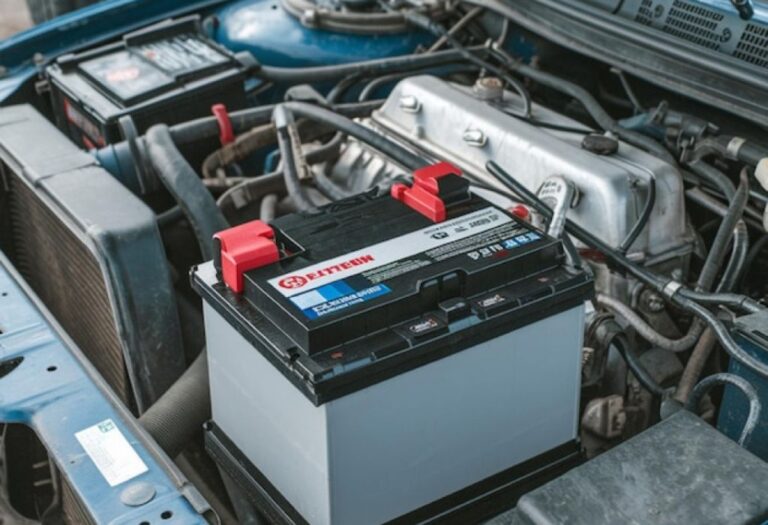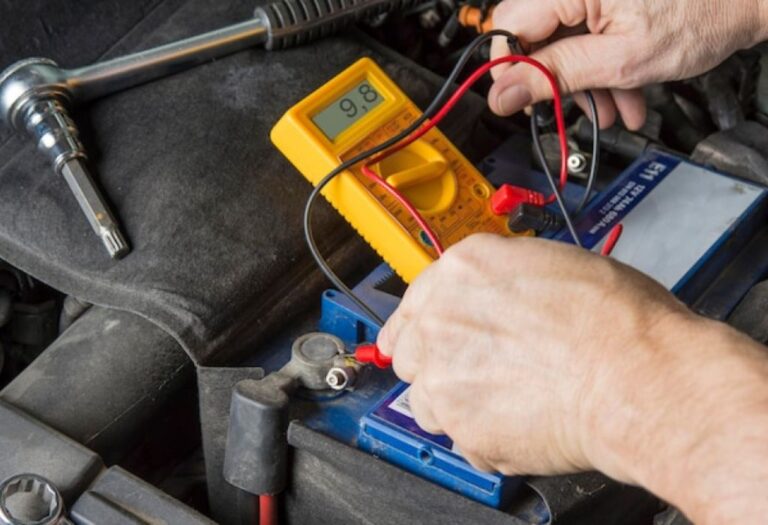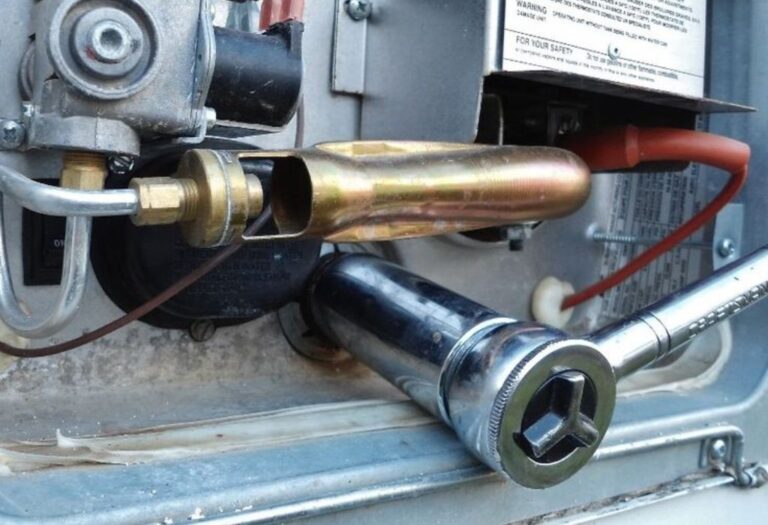How to Treat Stinky RV Water Effectively
Nothing ruins an RV trip faster than foul-smelling or bad-tasting water. Properly treating your RV water keeps your plumbing clean, your water safe, and your trips worry-free.
Many RV owners don’t realize that hydrogen sulfide and bacteria in stored water are the main causes of odors. According to industry research, about 20% of RV water complaints are caused by bacterial growth and tank contamination (source).
This guide explains how to treat stinky RV water, covering causes, diagnosis, cleaning, sanitization, filtration, prevention, and troubleshooting. By following these steps, you’ll ensure fresh, odor-free, and safe water in your RV on every trip.
Understanding the Causes of Stinky RV Water
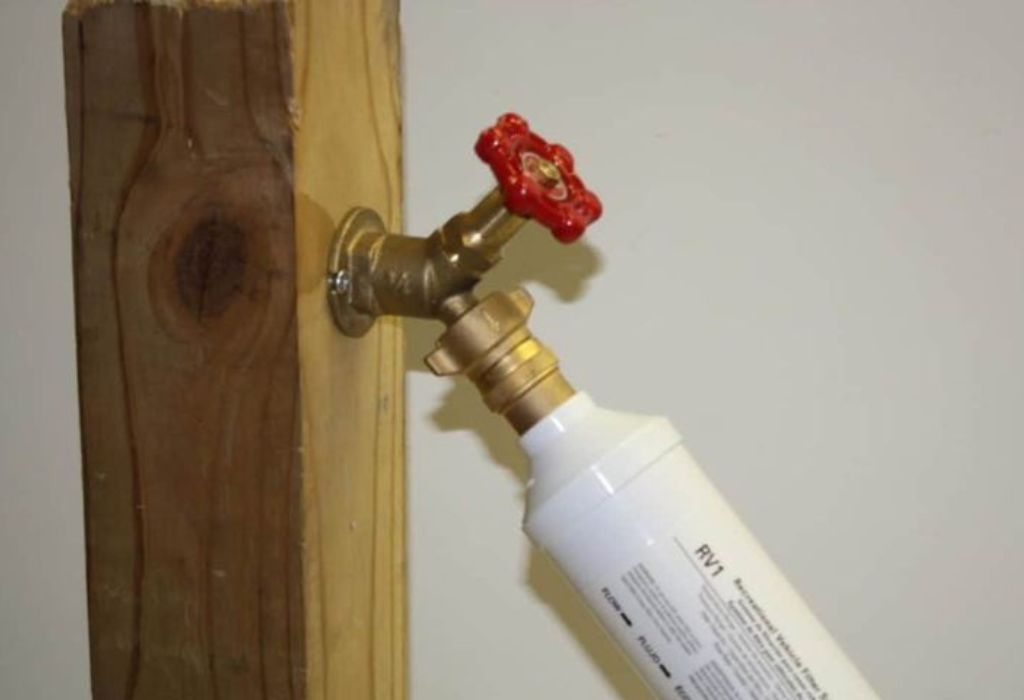
The most common culprit for stinky water is hydrogen sulfide, often caused by sulfur bacteria. Stagnant water in tanks allows these bacteria to grow and produce the characteristic rotten-egg smell.
Other factors include sediment buildup, biofilm in hoses and water heaters, and long storage periods. Hot water systems accelerate bacterial growth and chemical reactions, making odors worse.
What causes the “rotten egg” smell in RV water?
Hydrogen sulfide produced by sulfur bacteria.
Can stagnant water contribute to odor?
Yes, prolonged storage allows bacteria to multiply.
Does hot water worsen the smell?
Yes, heat accelerates bacterial growth and chemical reactions.
Are old water tanks more prone to odors?
Yes, tanks with sediment or biofilm buildup produce stronger smells.
Can campground water sources cause stinky water?
Occasionally, but most odor issues originate from the RV’s storage tank.
Diagnosing and Testing RV Water
Visual inspection, smell, and taste are initial indicators of contamination. Cloudy or discolored water can suggest sediment or bacterial buildup.
Water testing kits help confirm bacterial or chemical contamination. Hot water heaters should also be tested, as biofilm often accumulates inside the heater tank.
How do I know if my RV water is contaminated?
Check for foul smell, off-taste, or discoloration.
Are water testing kits necessary?
They help confirm bacterial or chemical contamination.
Can visual inspection detect bacteria?
Not reliably; odor and taste are better indicators.
How often should I test RV water?
At least once per season or after long storage periods.
Do hot water heaters require separate testing?
Yes, biofilm can form inside the heater even if the tank seems clean.
Step-by-Step Water Tank Cleaning
Start by draining the tank completely. Rinse with fresh water to remove loose sediment and debris.
Prepare a sanitizing solution using household bleach diluted according to RV manufacturer guidelines or use a commercial RV sanitizer. Fill the tank, let the solution sit for 4–6 hours, then flush thoroughly until the bleach smell is gone.
How do I flush my RV water tank?
Drain completely and rinse with fresh water.
What sanitizer should I use?
Household bleach diluted per RV guidelines or commercial RV sanitizers.
How long should sanitizer sit in the tank?
Typically 4–6 hours before flushing.
Can I use hot water for cleaning?
Yes, it improves bacteria removal but avoid excessive heat.
How often should tanks be cleaned?
Every 3–6 months or after extended storage.
Treating Water Heaters and Plumbing
Sediment and biofilm often accumulate in water heaters and plumbing lines. Flushing the hot water heater removes these deposits, improving taste and reducing odors.
Sanitize plumbing lines using approved RV chemicals. Run hot water through all taps to ensure the solution reaches all parts of the system.
Why flush the water heater separately?
Sediment and bacteria can accumulate, causing odor.
Can chemicals damage RV plumbing?
Use only recommended RV-safe sanitizers.
Should I flush after each trip?
Yes, especially if water has been stored for several weeks.
Does hot water increase sanitizing efficiency?
Yes, heat helps remove biofilm more effectively.
How do I know if the smell is gone?
Fill a glass from the tap and check odor and taste.
Using Filtration and Water Softeners
Install inline filters or point-of-use filters to reduce sediment and chlorine. Activated carbon filters are especially effective at removing odors.
Water softeners help reduce mineral buildup but don’t eliminate bacteria. Combining filters with regular tank cleaning ensures the cleanest and best-tasting water.
What type of filter is recommended for RV water?
Sediment filters or activated carbon inline filters.
Do filters remove odors?
Yes, carbon filters remove chlorine and sulfur-related smells.
Should water softeners be used?
They help reduce mineral buildup but don’t remove bacteria.
How often should filters be replaced?
Every 2–3 months or per manufacturer instructions.
Can filters prevent future odors?
Yes, they reduce sediment and contaminants entering the tank.
Preventing Future Odors
Keep tanks full to minimize air and bacterial growth. Avoid storing untreated water for long periods. Flush and sanitize tanks regularly.
Regular preventive measures are more effective than reactive treatments. High temperatures accelerate odor formation, so shaded storage can help reduce bacterial growth.
Can leaving water in the tank cause odor?
Yes, stagnant water promotes bacterial growth.
Should I use chlorine for prevention?
Low levels of bleach can prevent bacterial growth safely.
Is regular maintenance enough to prevent odor?
Yes, consistent cleaning and sanitizing prevent stinky water.
Can using fresh water from reputable sources help?
Yes, quality water reduces contamination risk.
Does temperature affect odor formation?
Higher temperatures accelerate bacterial growth and chemical reactions.
Troubleshooting Persistent Odors
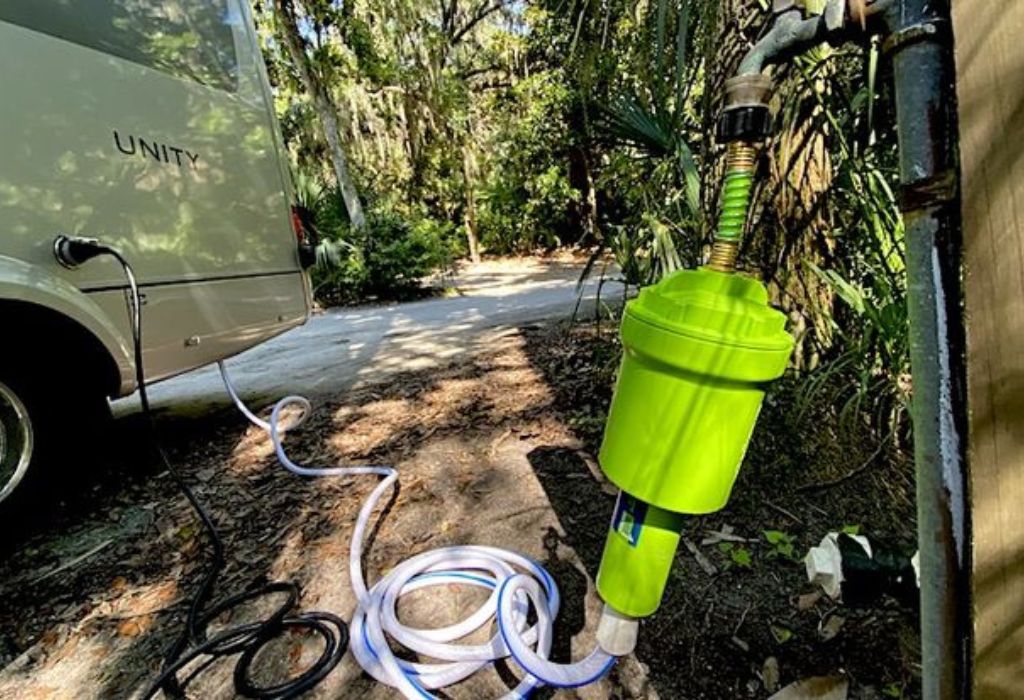
Stubborn odors may indicate biofilm or persistent bacteria in hoses, tanks, or water heaters. Replace hoses or tanks if necessary.
Chemical shock treatments can eliminate residual bacteria. Always follow manufacturer instructions for safe usage.
What if odors persist after cleaning?
Check for biofilm in hoses or water heater and repeat sanitization.
Should hoses be replaced?
Yes, old or contaminated hoses may retain odors.
Can persistent bacteria survive sanitizer?
Occasionally; multiple treatments may be required.
Are chemical shock treatments safe?
Yes, if used per RV manufacturer guidelines.
How to ensure odor-free water in the future?
Combine regular cleaning, sanitizing, and filtration.
Best Practices and Tips
Use potable-rated hoses and fittings. Track your tank cleaning schedule and carry spare sanitizer and filters. Flush tanks before each trip for optimal water quality.
Should I label cleaning dates?
Yes, it helps maintain a consistent schedule.
Can multiple filters be used?
Yes, for layered filtration and improved taste.
Should I flush before each trip?
Yes, especially if water has been stored for weeks.
Are inline gauges useful?
Yes, they help monitor water quality and flow.
Is preventive maintenance better than reactive treatment?
Yes, it avoids strong odors and bacterial contamination.
Conclusion
Treating stinky RV water involves a combination of cleaning, sanitizing, filtration, and preventive practices. Regular maintenance prevents odors, ensures safe drinking water, and protects your RV plumbing.
By following these methods, RV owners can enjoy fresh, odor-free water throughout every trip and eliminate common water-related problems.
I’m David R. Coleman, the founder, lead writer, and lifelong tool enthusiast behind GarageToolPro.com. With years of experience in automotive repair, woodworking, and home DIY projects, I created this platform to share practical tips, detailed tool reviews, and step-by-step guides that help mechanics, hobbyists, and homeowners get the job done right the first time.

